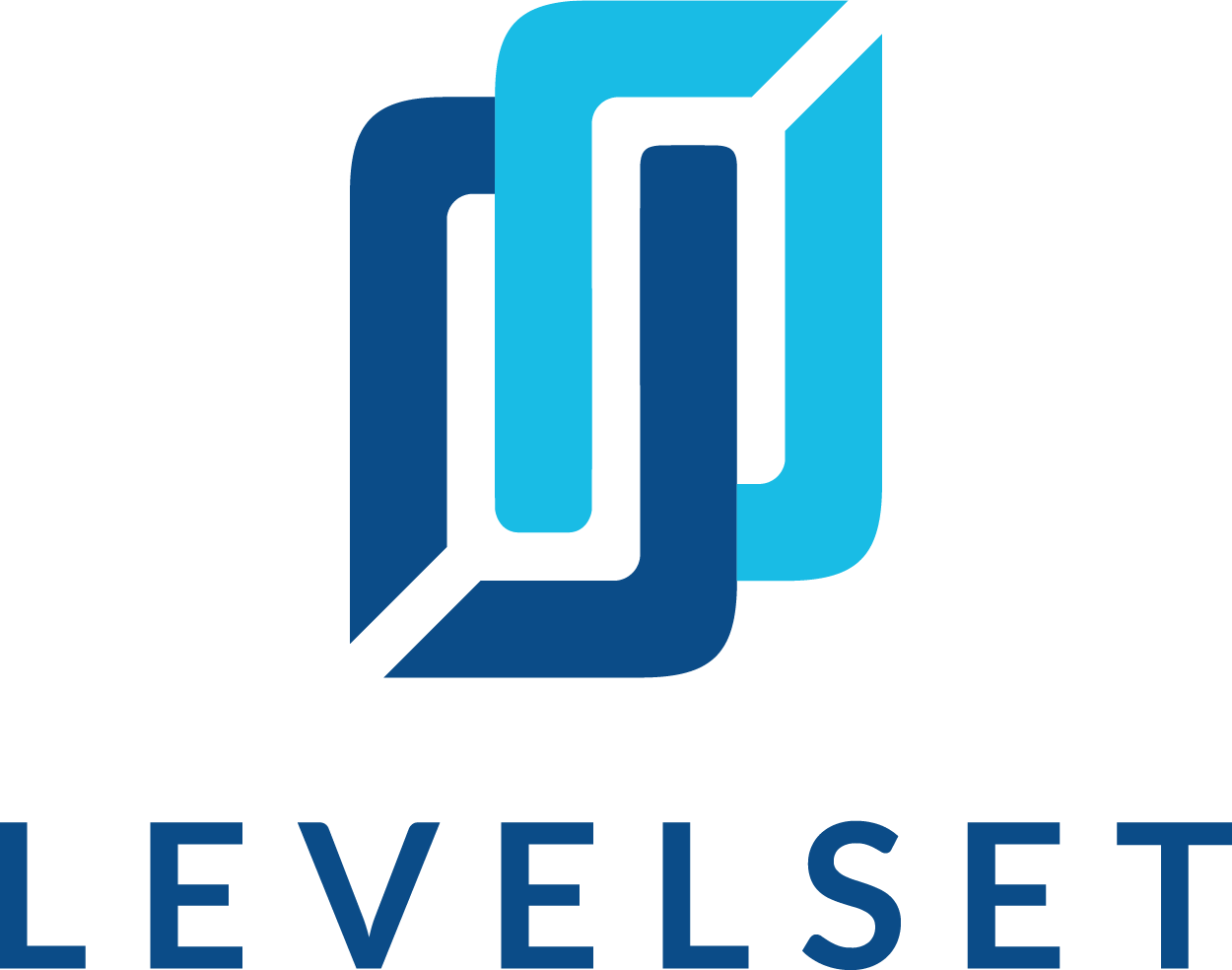
The federal government is massive and accompanied by a complex structure. As a result, doing business with the government can also be complex.
These complications arise out of the nature of public contracting: While independent businesses contract services for personal gains, the government contracts services for the general public. Things aren’t as simple as protecting the bottom line. Therefore, it’s no surprise that contracting with the government comes with extra rules and regulations that promote a high standard of transparency and business ethics.
And that’s where the Federal Acquisition Regulation (FAR) comes in.
Federal Acquisition Regulation (FAR)
The Federal Acquisition Regulation (FAR) is a bulky set of rules that govern the federal government’s purchasing process. The purpose of these rules is to ensure that the government’s purchasing procedures are uniform and conducted in a fair and impartial manner. While the FAR rules apply to pretty much all federal procurement, federal construction jobs are heavily affected.
Working on a federal job?
What You Need to Know About the Miller Act
What Are Some Ways Federal Acquisition Regulation Impacts Contractors?
You might not have realized it before, but you’re probably already familiar with some aspects of FAR.
The FAR actually incorporates the ‘Miller Act’ requirements into its regulations. Under the Miller Act, a contractor on a federal project is required to post two bonds:
- a performance bond, and,
- a payment bond.
If there are payment problems on a federal job, lower-tier parties such as subcontractors and suppliers can recover unpaid amounts from the payment bond by filing a Miller Act Claim.
However, performance bonds operate a little differently. Basically, they serve to ensure that the contractor gets the job done.
Want to know more about bonds?
What Contractors Must Know About Payment Bonds
Retainage on federal jobs also falls under FAR. Retainage is the withholding of a portion of each progress payment earned by a party until a construction project is complete. Under FAR, a general contractor may withhold payments from their subcontractors pursuant to the contract between the parties.
However, on a federal project, if a general contractor who is withholding retainage cannot bill the government for retainage. So, the government is basically holding the retainage.
More on Retainage:
The Ultimate Guide to Retainage
Basic Principles of Federal Acquisition Regulation
The main principles of FAR include:
- meeting needs for price, quality, and speed;
- shrinking operating costs
- encouraging integrity and fairness
- other public policy goals (there are quite a few)
You don’t have to know the FAR inside and out to bid on or even win a federal contract. However, it’s worth taking the time to understand the provisions in your contract that refer to FAR to avoid costly mistakes.
Doing business with the federal government is a completely different ball game from doing business with a private company. Be sure and take the time to learn the rules! The federal government (tries to) makes it easy – head over to Acquisition.gov and see for yourself.
